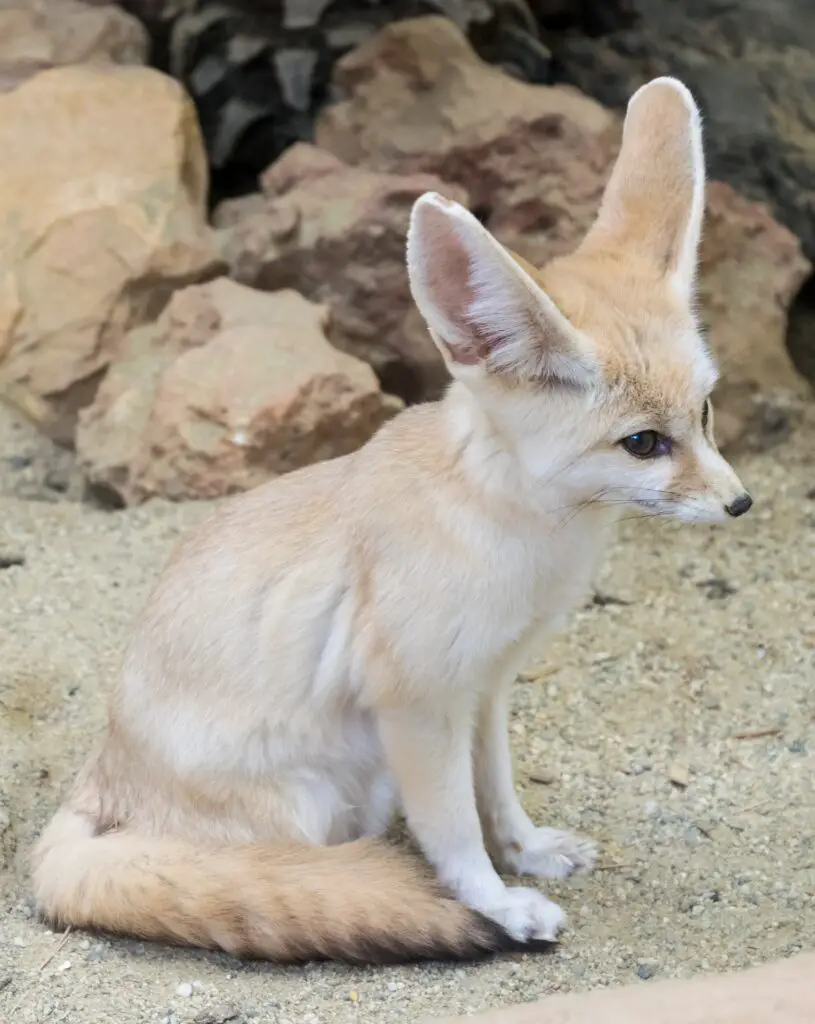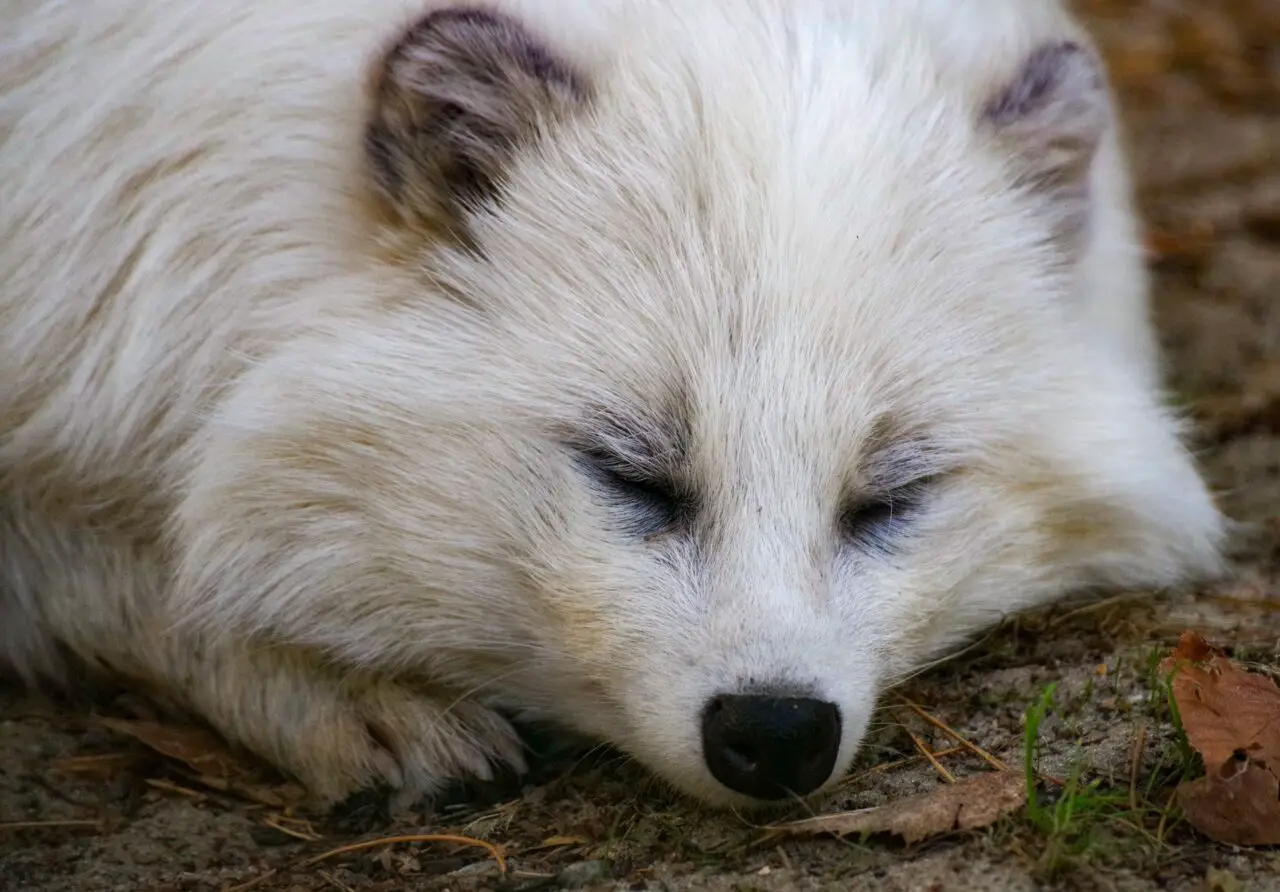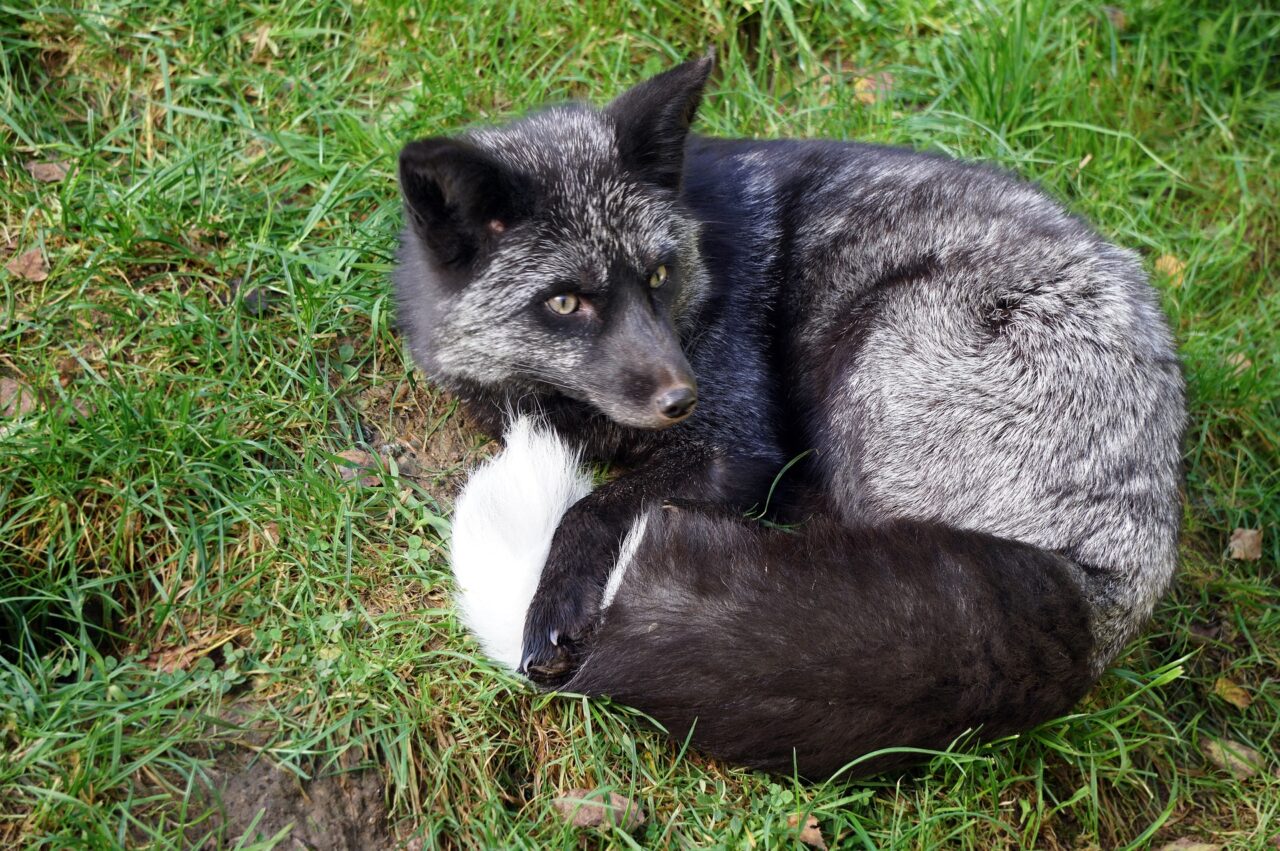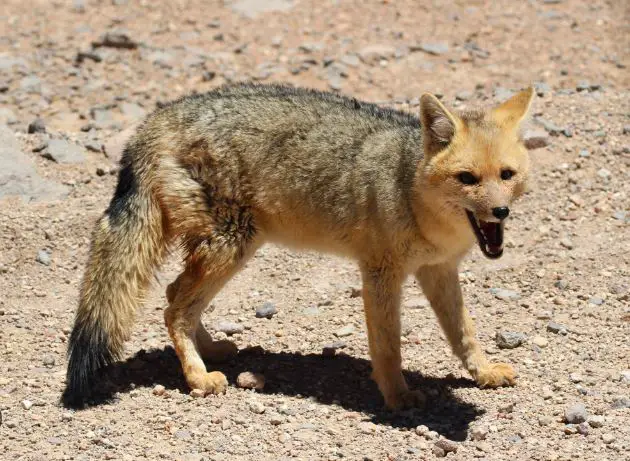Foxes are captivating creatures known for their intelligence, adaptability, and diverse range of species. In this article, we will take a closer look at six special types of foxes: the Fennek fox, Arctic fox, Gray fox, Silver fox, Andean fox, and Bad-Eared fox. Each species possesses unique features, adaptations, and habitats that contribute to their fascinating and diverse nature.
You may also want to know if a husky is related to a wolf.
6 Types of foxes
Fennek foxes
The Fennek fox, also known as the desert fox, is a small fox species that calls the sandy deserts of North Africa and the Arabian Peninsula its home. With its oversized ears, the Fennek fox has exceptional hearing, allowing it to locate prey and detect predators even in the vast desert landscapes. Its sandy-colored fur provides excellent camouflage, while its ability to withstand extreme temperatures enables it to thrive in harsh desert environments.

Arctic fox
In contrast to the Fennek fox, the Arctic fox is specially adapted to survive in the frigid Arctic regions of the northern hemisphere. Its thick fur, which changes color according to the season, helps it blend into the snowy landscape during winter and camouflage in the rocky tundra during summer. The Arctic fox is a highly skilled hunter, scavenging for food and even following the tracks of larger predators to find a meal.

Gray fox
The Gray fox is a unique fox species found in North and Central America. Unlike most foxes, the Gray fox is an adept climber, using its strong claws and flexible body to navigate trees. This ability allows it to escape predators or find shelter in elevated dens. The Gray fox’s distinctive gray and reddish-brown fur, along with its cat-like appearance, adds to its allure.

Silver fox
The Silver fox, with its striking silver-colored fur, has a fascinating history closely intertwined with the fur trade industry. This melanistic form of the Red fox is known for its genetic variation, which gives it its distinctive coat color. Over time, the Silver fox has been selectively bred for its fur, resulting in captive populations that display a range of color variations. While once primarily valued for its fur, Silver foxes are now appreciated for their beauty and unique genetics.

Andean fox
The Andean fox, also known as the culpeo fox, inhabits the high-altitude regions of the Andes Mountains in South America. With its thick fur and bushy tail, the Andean fox is well-adapted to the cold and rocky habitats of the Andean Plateau. It is an opportunistic hunter, preying on small mammals, birds, and reptiles. The Andean fox plays an important ecological role in its ecosystem as a predator that helps control populations of its prey.

Bad eared fox
The Bad-Eared fox, also known as the Bat-Eared fox, derives its name from its unusually large ears. Found in the grasslands and savannas of Africa, this fox species is known for its insectivorous diet, with the majority of its meals consisting of insects such as termites and beetles. Its distinctive ears not only aid in thermoregulation but also help detect the faint sounds of underground prey.

Unique Features
Each of these fox species possesses unique features that set them apart. From the Fennek fox’s oversized ears to the Arctic fox’s color-changing coat, these adaptations reflect their evolutionary journey and the specific challenges they face in their habitats.
Habitat and Range
The Fennek fox is predominantly found in the deserts of North Africa and the Arabian Peninsula, where it navigates the sandy dunes and arid landscapes. The Arctic fox, on the other hand, is well-suited to the icy tundra regions of the Arctic Circle, including Alaska, Canada, Greenland, and Russia. The Gray fox can be found throughout North and Central America, residing in diverse habitats such as forests, grasslands, and mountains. The Silver fox is primarily bred in captivity for fur farms but can also be found in the wild in various regions. The Andean fox inhabits the high-altitude regions of the Andes Mountains in South America, spanning multiple countries.
Behavior and Adaptations
Each fox species exhibits unique behaviors and adaptations that allow them to thrive in their respective habitats. The Fennek fox, for example, has adapted to desert life by being primarily nocturnal, avoiding the scorching daytime heat. Its large ears not only aid in hearing but also help dissipate heat. The Arctic fox, with its remarkable insulation provided by its thick fur, is well-equipped to endure the extreme cold of the Arctic. It is also known for its ability to dig burrows in the snow to create dens for shelter and raising their young.
The Gray fox’s climbing ability sets it apart from other fox species. It can scale trees to escape predators or find food, such as bird eggs or fruits. Its flexible body and strong claws enable it to navigate the branches with ease. The Silver fox, although bred primarily for fur, retains the genetic adaptations of its Red fox ancestor, including its keen senses and agility. The Andean fox, living at high altitudes, has adapted to the thin air and rugged terrain. Its thick fur provides insulation, and its strong legs allow it to traverse the rocky slopes. The Bad-Eared fox’s diet of insects plays a crucial role in maintaining the balance of its grassland ecosystem.
Conservation Status
The conservation status of each fox species varies. While the Fennek fox and Arctic fox populations are relatively stable, they still face challenges such as habitat loss due to human activities and climate change. The Gray fox is abundant in some regions but has faced declines in certain areas due to habitat fragmentation. The Silver fox, primarily bred in captivity for fur, is not considered endangered in the wild. The Andean fox, however, is classified as a species of least concern, but localized threats such as hunting and habitat degradation can impact its populations. The Bad-Eared fox is currently not globally threatened.
Interactions with Humans
Foxes have long fascinated humans and have been the subject of folklore, mythology, and cultural significance in various societies. They are admired for their cunning and adaptability. However, human activities have impacted fox populations through habitat destruction, hunting, and road accidents. Conservation efforts and education play a vital role in promoting coexistence and understanding the importance of these charismatic creatures.
Conclusion
The world of foxes is incredibly diverse, with each species exhibiting unique adaptations, behaviors, and habitat preferences. From the sandy deserts to the icy Arctic, foxes have successfully adapted to a wide range of environments. Understanding and appreciating the diverse nature of these fox species is crucial for their conservation and the preservation of their habitats.
By learning about the Fennek fox, Arctic fox, Gray fox, Silver fox, Andean fox, and Bad-Eared fox, we gain insight into the fascinating world of these incredible creatures. From their unique features to their specialized adaptations, foxes continue to captivate us with their remarkable ability to thrive in diverse ecosystems.